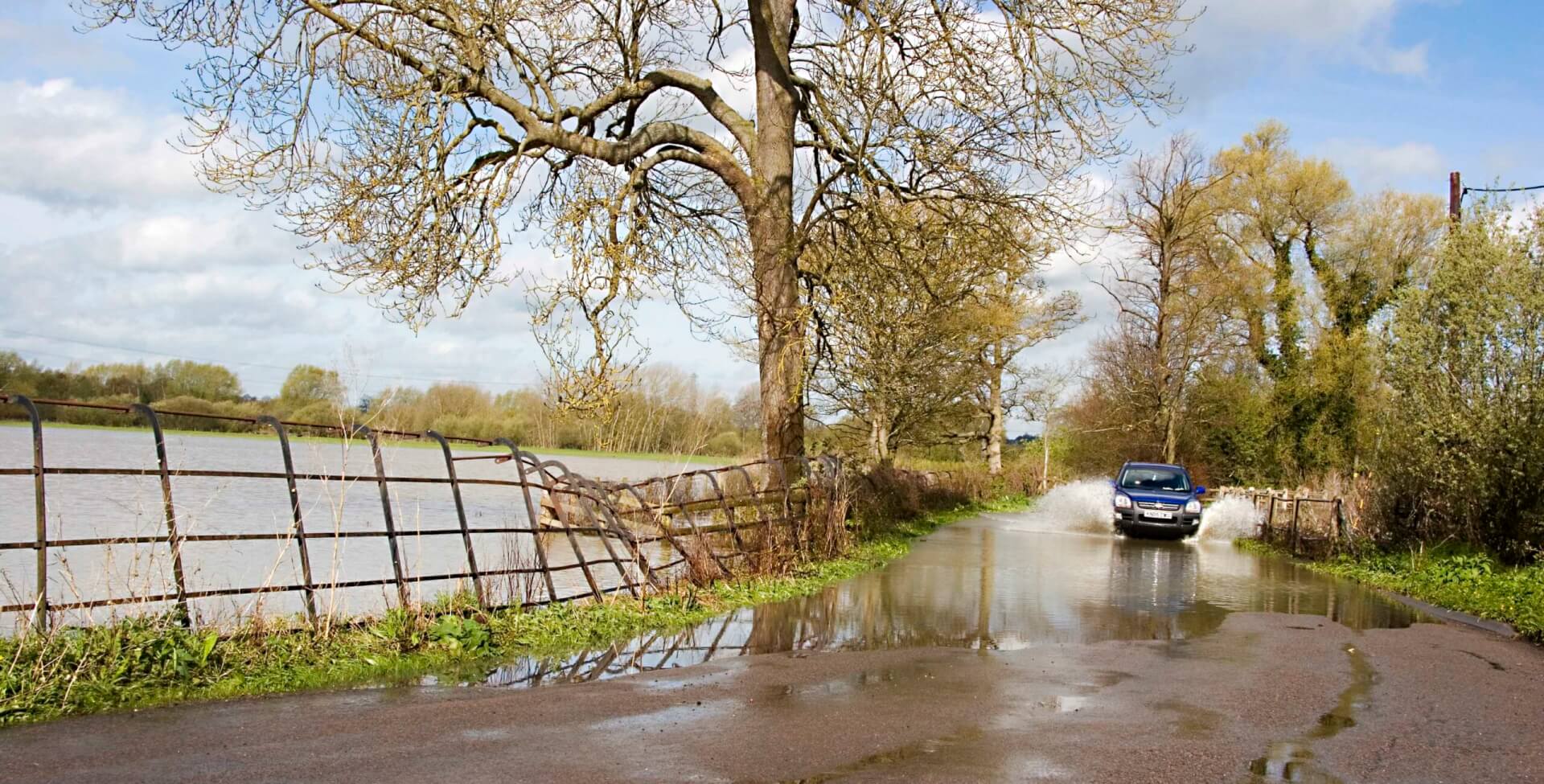
What is a flood plan? A beginner’s guide
Global warming may grab all the headlines, but temperature isn’t the only effect of climate change: it has a knock-on effect on flooding, too. The warmer the planet gets, the more water vapour our atmosphere can hold – and when this vapour cools and turns into rainfall, flooding is inevitable.
It’s an issue faced not only by us here in the UK, but by countries around the world. Couple this increased rainfall with rising sea levels (another consequence of climate change) and it’s easy to see why flooding is becoming more commonplace with each passing year.
With all that in mind, it’s never been more important to prepare for flooding. Even if you’re not in a high risk area, planning ahead could save your home or business from severe damage.
An introduction to flood plans
This is where flood plans come in. Flood plans are exactly what their name would suggest: a plan of action containing essential information to help you avoid (or mitigate) the effects of flooding.
These all-important documents exist to help you prepare for the worst. If flooding were to occur, the flood plan will be able to tell you what to do and who to call. So, what does a typical flood plan include?
The contents of a flood plan
Naturally, every plan will be specific to your home or business – there’s no set rules on what a flood plan needs to include. However, most plans would include the following sections:
- Checklist of actions to complete: The most crucial part of any flood plan is the action checklist. This is intended to be used as soon as you find out your property is at imminent or immediate risk of flooding, and will include things like moving all valuable or important items to upper floors, moving any vehicles out of the affected area, and acting upon any alternative work/living arrangements should your property flood.
- Contact list: If your property floods, you will need to get in touch with your energy suppliers, insurance company, council and potentially other organisations. All of the contact details for these organisations should be recorded in this section.
- Location of utility access points: If your home or business is going to flood, you will need to isolate your utilities supply to prevent further damage being caused. It’s worth noting down the location of your gas, electricity and water access points so you can isolate them quickly.
- Emergency Egress Route: Make sure you know the safest way to travel from your home or business by checking flood risk mapping for your area.
- Grab Bag: You should ensure that you have an emergency grab bag that is stored in a convenient place, ready to pick up. This should include the documentation listed above, as well as a phone charger, spare warm clothing, wet weather gear and a copy of any medical records,
We hope that has cleared up some of your questions. If you want to find out whether your property is at higher risk, take a look at what we can offer our get in touch with one of our expert advisors today.


